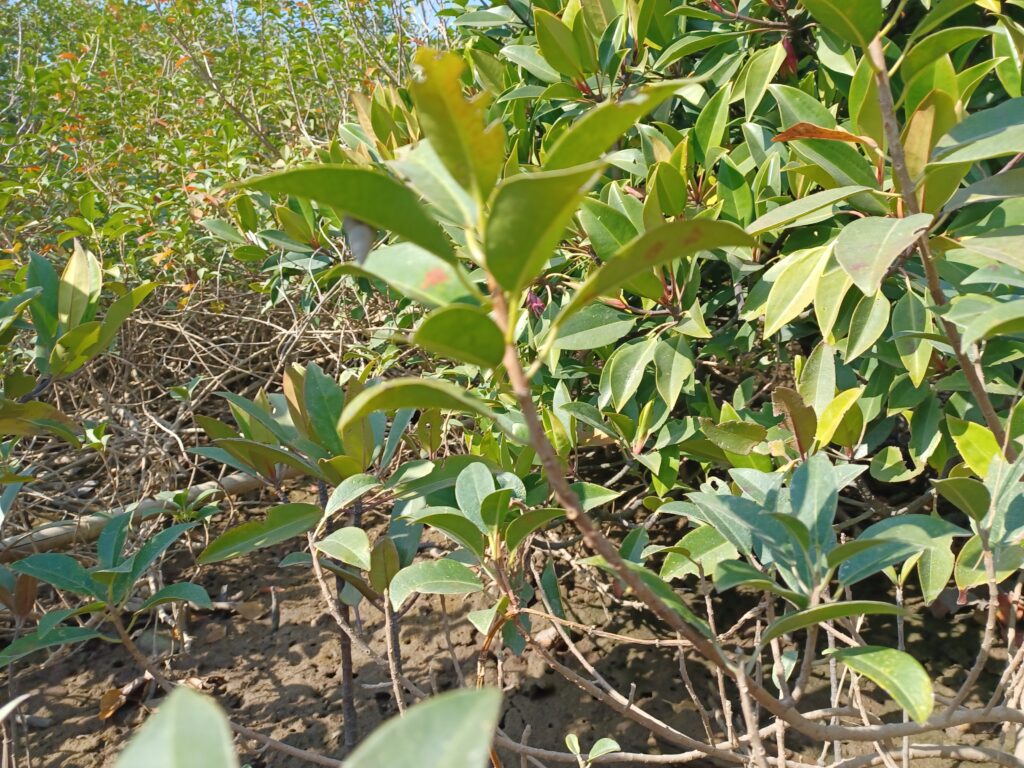They are flood-resilient and salt-tolerant, the only type of tree to be this.
They are found within 30o of the equator and cover 25% of the tropical coastline. They are rich in wildlife and act like nurseries and habitats for a large variety of species, from fish and crustaceans to birds and plants.
They provide coastal protection as the roots bind the soil and inhibit erosion, as well as being a barrier for storm surges and tides. The world’s mangroves sequester and capture more than 24 million metric tonnes of CO2 annually, making them a massive carbon storage. Their root system can filter pollutants from the water, thus improving water quality in the environments they inhabit.
I have recently become fascinated with these incredible plants that are able to not only provide shelter for animals but also protect our coasts and coastal residents around the world. Living for two years in Hong Kong, I am fortunate to be able to work with mangroves and get to understand their immense capabilities.

At the beginning of the year, my fellow Marine Sustainability peers and I went to Tung Chung, Hong Kong, to collect mangrove droppers, the fruit of mangrove trees. When they drop from the branches, the seed has already germinated and is ready to grow into another beautiful tree, full of capabilities. Crawling under the canopy of the dark green leaves to collect the droppers, it became evident how the long trunks have adapted to the rise and fall of tides and how the tree crown blooms, never immersed in water. A myriad of biodiversity emerged from the soft, muddy ground, and whenever approached, they would dig back into the soil, only to peek out a second later. It was a beautiful day, the sun shining from a clear blue sky.
After collecting around 1700 droppers from the Many-petaled Mangrove (Bruguiera gymnorrhiza) and Kandelia (Kandelia obovate), we travelled to Sha Po Wetland, Kam Tin. Also known as Fairyland, it lived up to its name. A beautiful wetland area with blooming flowers in red, purple, yellow, and white, a path in between the greenery, and mangroves. Uncountable mangrove trees adorned the wetland Fairyland, and we were to plant even more. Four slots, 24 people, 1700 mangrove seeds. We planted as many seeds as the soil allowed, and the rest was stored for the nearby residents to engage in mangrove restoration and the ecological importance hereof.

With muddy shoes, dirty hands, and smiles on all faces, we drove home, knowing that one day, our effort will bear fruit.
Reply